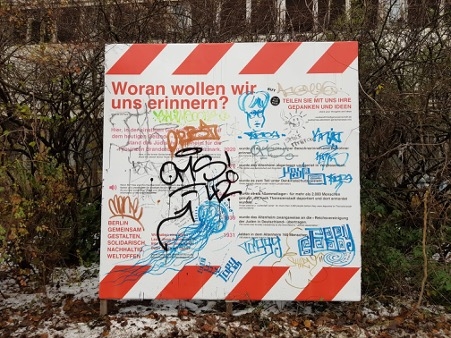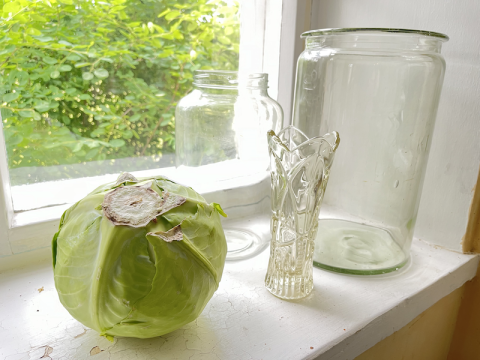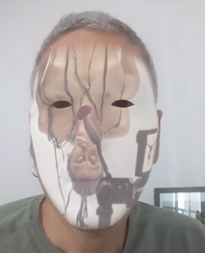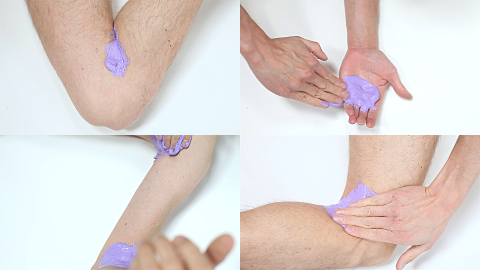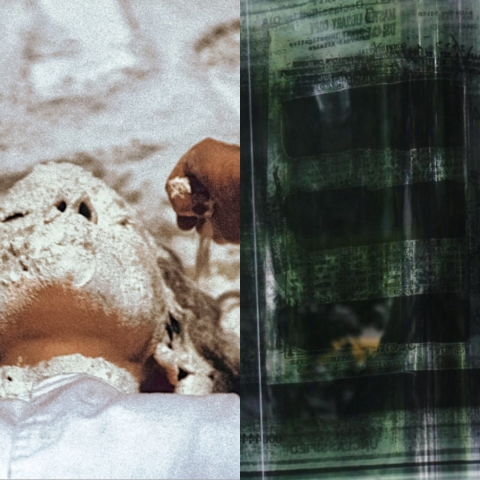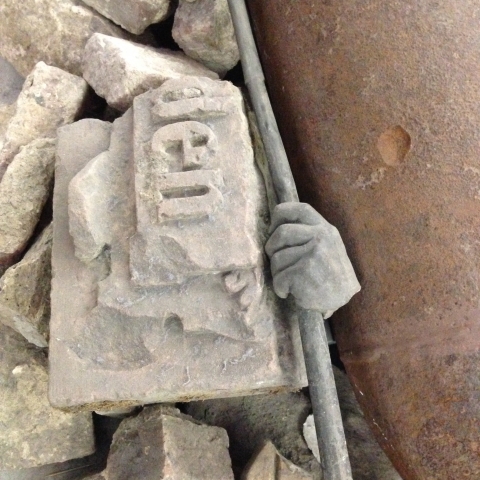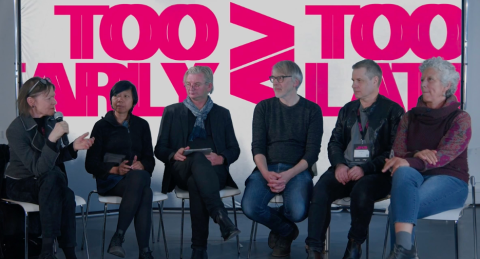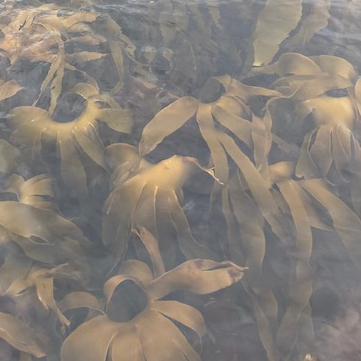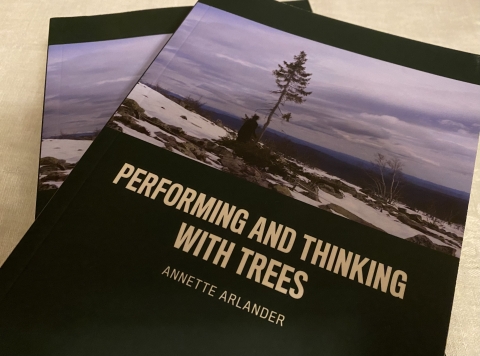‘Reflections’ are diverse ‘op-eds’ in which artists, researchers, peer-reviewers, editors and readers express their view on what is going on in the field of artistic research. Reflections are not peer reviewed; restrictions in terms of language, length, topic or theme do not apply.
For more information about submitting your own ‘reflection’ please continue reading here.

